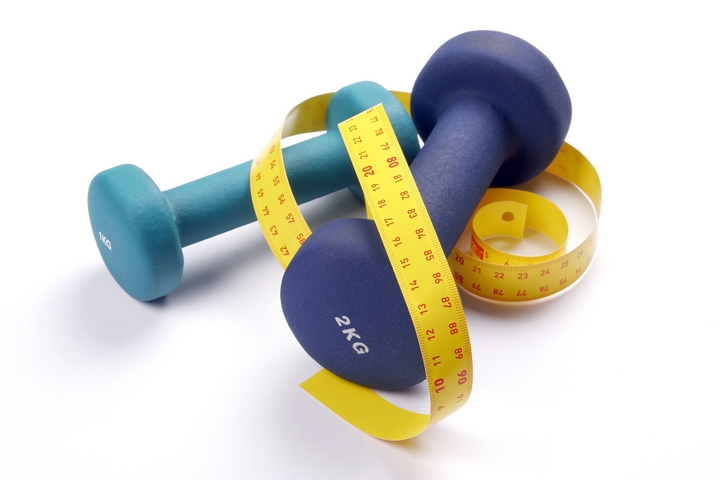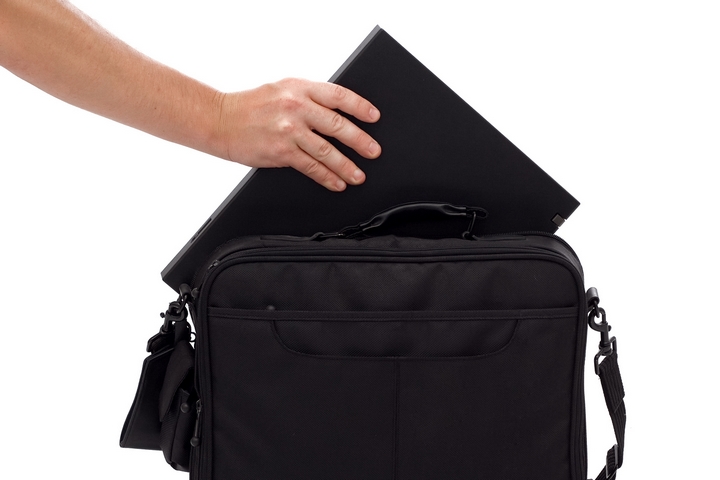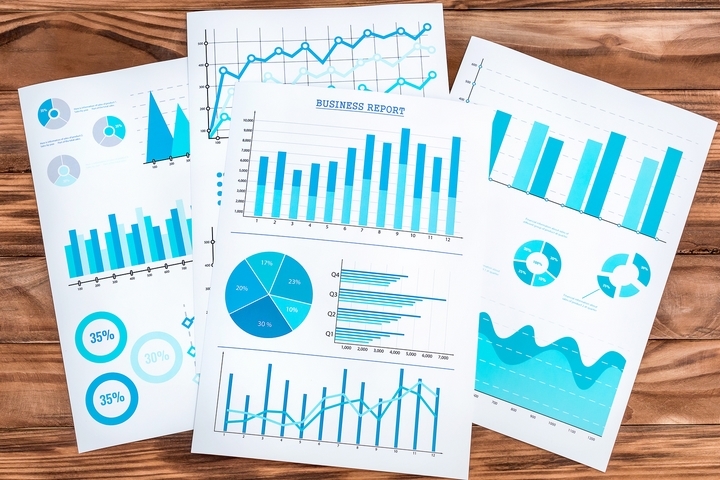
We all know we’re living in an age of distraction, where productivity is threatened by a wide range of work-related and social communication. If you are an office employee, you know that the very devices and tools designed to make us more efficient are the things that interrupt our thoughts and can challenge our workplace success.
Many of the distractions in the workplace are not entirely new. In fact, they’ve been around as long as the modern office environments. Once you free yourself from these distractions in the workplace, you’re empowered to take control of your tasks, meet deadlines, and manage your time in the workforce effectively.
With so many distractions around us at work, it is important to rethink productivity, set boundaries and decide how best to use the tools available to us. Whether you want to increase productivity for yourself or your team, it’s useful to be aware of these common distractions in the workplace:
Distraction #1: Workplace chatter

Workplace chatter is one of the most time-consuming distractions in the workplace, especially among the more talkative employees. You know who they are – the people in your office who love to talk. Chances are, if you’re in a rush, you avoid stopping by their desks, for fear of landing in a lengthy conversation.
What do you do if they make a habit of stopping by your desk for a morning chat? Try using body language. Rather than face your chatty co-worker, stay pointed at your computer; raise a hand to interrupt or indicate you’re in the middle of something. Of course, some co-workers will require more direct communication. Simply explain that you can’t talk because you have to get something done.
Distraction #2: Workplace meetings

Not all workplace meetings are created equal. While some are certainly productive, having too many meetings could be one of your distractions in the workplace. Meeting overload can deliver a significant blow to office productivity. If you happen to manage a team, try to reduce the number of meetings your staff need to attend.
When holding a meeting yourself, keep the agenda tight and on time; have a physical cue to remind people if they are straying off-topic. If you are not in charge of organizing or hosting meetings, don’t be afraid to speak up and question whether you need to attend each one. Even if your supervisor decides you don’t need to be at one weekly meeting, you stand to gain valuable time.
Distraction #3: Background noises

It’s difficult to get away from the background noises of an office. Some of the more common distractions in the workplace include computers and printers humming, overhead lights buzzing, and co-workers chatting to each other.
If these or other noises regularly prevent you from concentrating at your desk, ask your supervisor or manager if you are allowed to work with noise-cancelling headphones. You might be amazed how much you are able to accomplish without noise invading your thoughts.
Distraction #4: Workplace clutter
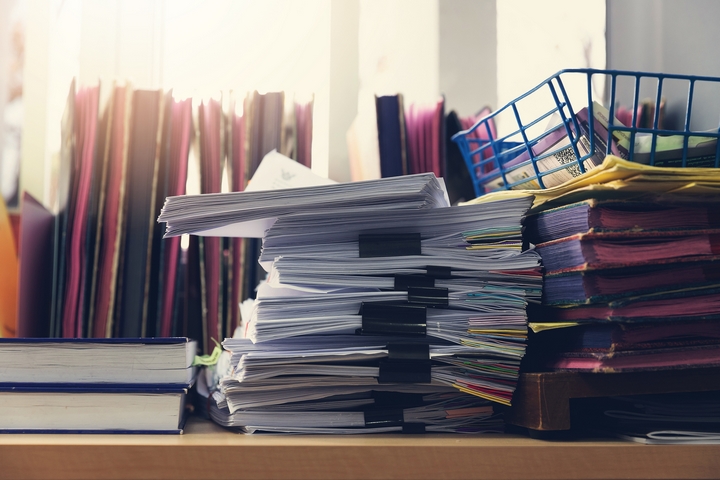
It may sound trivial but keeping your desk and work area clear of clutter is a proven way to increase your focus and effectiveness. The less to-do items you see around you, the greater your attention will be for your task at hand.
Even better, if you are able to declutter the office space, keeping it clear of old files and stacks of paper, your team will have better focus, too.
Distraction #5: Smartphones
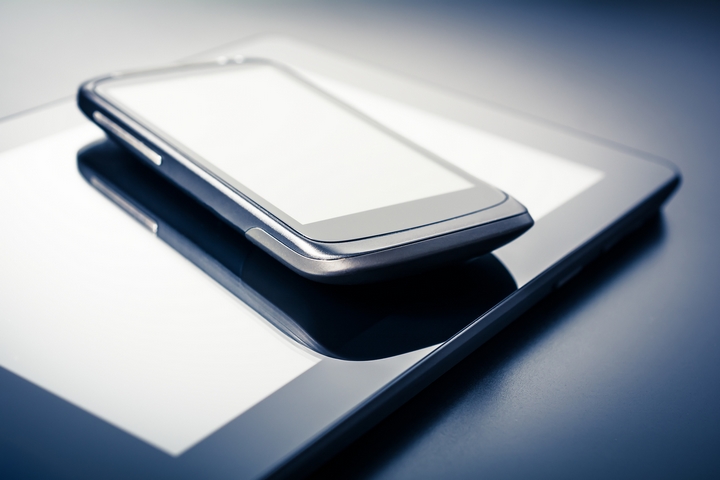
While smartphones and other devices have improved our ability to communicate, they are true agents of distraction. Whether you find yourself tempted to check work email, text messages or even social media, your ability to focus on a task at hand is greatly reduced when you hear notifications or prompts from your phone.
Rather than react, try closing off all notifications for a portion of your day. Once you make a habit of this exercise, people who work with you will adjust to your schedule and response times. By getting rid of these distractions in the workplace, this will allow you to focus deeply for a period of time.
Distraction #6: Multitasking

Somewhat surprisingly, multitasking can be one of the most time-consuming distractions in the workplace. That’s because you’re focusing on too many tasks at once, which means you’re distracted by conflicting priorities.
Although it can be hard to do, research shows that it is more productive to tackle a series of tasks one after the other, than to do them all at once. Although some people are drawn to multitasking, try to experiment with a single-task approach. You may find that it saves time and improves productivity.
Distraction #7: Interruptions

Proactively organizing your time allows you to create a deep-work time blocks and avoid distractions in the workplace. Once you identify a regular time for focus, make sure your team knows you will be turning off notifications and would like to avoid interruption. Speak with your team about their own boundaries, too. Think about creating signals to let one another know when you are in the middle of something and when it’s okay to interrupt.
Sometimes, the best way to boost your productivity is to use specific tools or software programs to help you manage your time and energy more effectively. After you’ve done your research, don’t be afraid to speak up and ask for the hardware or software that could help you.







